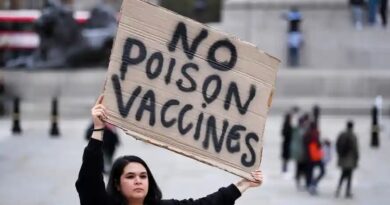Where did COVID-19 come from? Pressure mounts to find the answer

WASHINGTON — With tensions between the United States and China deepening, the question of how and where the coronavirus originated remains an intense point of contention, especially as the “lab leak” hypothesis gains traction.
There is consensus that the pandemic originated in the central Chinese city of Wuhan, perhaps as early as September 2019. But did it start at a wildlife market, jumping from a bat or another animal host to humans? Or did the coronavirus emanate from the Wuhan Institute of Virology as the result of an accident?
More than three years since the pandemic began, these fundamental questions remain unanswered. If anything, the fiery, partisan debates over masks and vaccines have been eclipsed by the question of how the virus first entered the human population.
‘The spell is broken’
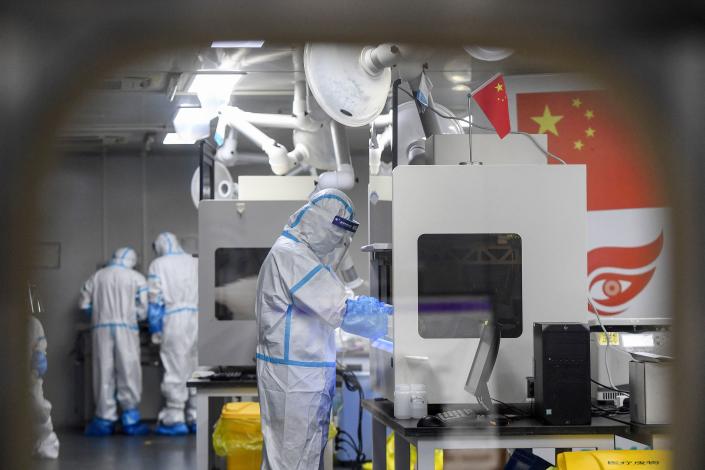

Perhaps nobody did more to popularize the notion of a lab leak than comedian Jon Stewart, who made the case in a viral appearance on Stephen Colbert’s late night talk show in 2021.
“Science has in many ways helped ease the suffering of this pandemic, which was more than likely caused by science,” Stewart said in an extended riff about how he could not accept as mere coincidence that the coronavirus originated in a city that was also home to a laboratory devoted to studying coronaviruses.
“The backlash was swift, immediate and quite loud,” Stewart reflected last month. Since then, however, more and more experts have come around to his view.
Recently, the Department of Energy’s so-called Z Division told the Biden administration it was becoming more confident that the virus originated in a laboratory. Other intelligence agencies continue to favor zoonosis — the relatively common process of a virus transferring from an animal population to humans — but because much of the evidence on which those assessments were made remains classified, it has been difficult to parse on what grounds the agencies disagree.
Initially, many scientists and public health experts argued that endorsing anything other than the zoonotic hypothesis would stoke conspiracy theories and anti-Asian sentiment, which was on the rise.
But conclusive proof of an animal-to-human jump never materialized, while circumstantial evidence for a lab leak has mounted.
“We’re getting more popular awareness of the validity of the lab-origin theory, and this is leading more scientists to speak up and come out of the woodwork,“ says Alex Washburne, an independent mathematical epidemiologist and pathogen spillover researcher who has worked at Duke and Princeton universities.
Long gone are the days when lab leak proponents were grouped with anti-vaccine conspiracy theorists. “The spell is broken,” Washburne told Yahoo News.
Legislators on Capitol Hill want classified intelligence on the issue, but it is not clear that the Biden administration will comply.
‘Their hand in the cookie jar’
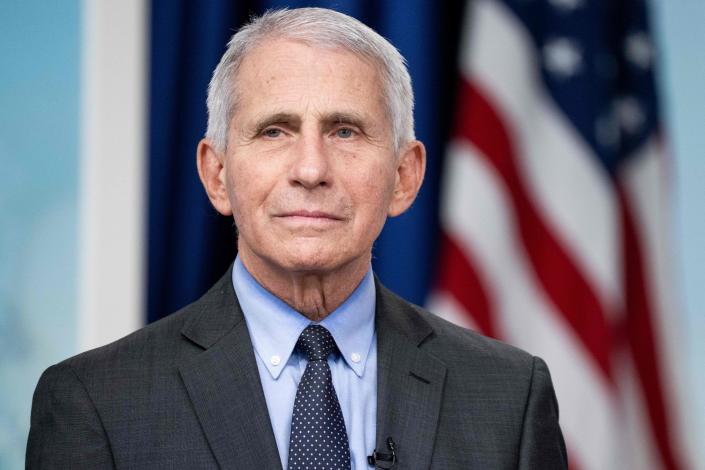

When Republicans took over the House of Representatives after last November’s midterm elections, the chamber’s new leaders vowed to interrogate top public health officials like Dr. Anthony Fauci — until recently head of the National Institute of Allergy and Infectious Diseases and a top pandemic adviser to both Presidents Biden and Donald Trump — and Dr. Francis Collins, who retired in 2021 from leadership of the National Institutes of Health.
Fauci has been at the center of both conspiracy theories (some of which have resulted in threats against him and his family) and legitimate questions about whether federal regulators conducted sufficient oversight of subgrants to the Wuhan Institute of Virology.
Researchers there conducted gain-of-function studies, which make a virus either more transmissible or more harmful in order to anticipate how it may behave in a human population. There is some genetic evidence — persuasive but circumstantial — to suggest that such research could have led to the inadvertent unleashing of the pathogen known as SARS-CoV-2.
That evidence, witnesses said Wednesday at the first hearing of the House Select Subcommittee on the Coronavirus Pandemic, consists of a sequence of four amino acids making up what is known as a furin cleavage site, a unique signature that some researchers believe is incontrovertible evidence of human meddling. (Others say the furin cleavage sites are not genetically engineered.)
Fauci’s name was frequently invoked during the hearing. Earlier this week, the committee’s Republican members released the contents of email exchanges that described how Fauci and Collins allegedly discounted the lab leak hypothesis in the earliest stages of the pandemic. They did so, the Republicans alleged, without any evidence in favor of the zoonotic model.
“Dr. Fauci and Dr. Collins got caught with their hand in the cookie jar,” Rep. James Comer, R-Ky., who heads the House Oversight Committee, said at Wednesday’s hearing, suggesting that they were directly responsible for the work conducted in Wuhan.
“They got caught supercharging viruses in an unsecured Chinese lab,” he said. In fact, there is no evidence that Fauci or Collins was directly involved in any research conducted in Wuhan. It is more likely that NIH regulators did not press Chinese colleagues hard enough on what kind of research they were conducting, as a government report published earlier this year suggested.
Witnesses point to lab leak
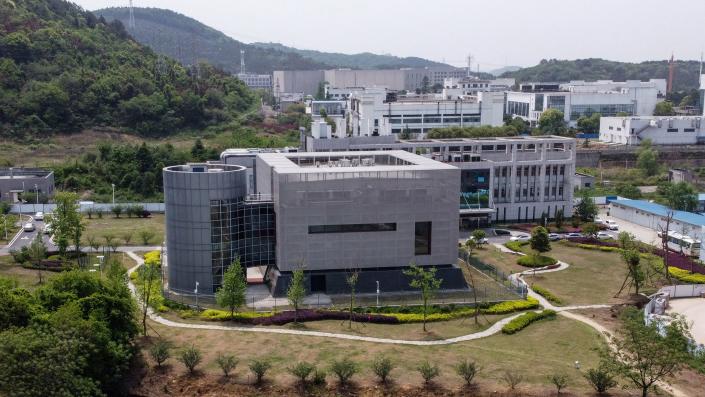

Fauci has not yet testified before the GOP’s coronavirus panel, but he is a veteran of Capitol Hill hearings and has said he would not shy away from defending his record. At a hearing in 2021, he argued in favor of cooperating with Chinese researchers, including on gain-of-function experiments.
“You gotta go where the action is,” he said at the time.
Wednesday’s most significant witness was Dr. Robert Redfield, who served as the director of the Centers for Disease Control and Prevention. Sidelined by then-President Donald Trump and never fully trusted by Democrats, he was an early proponent of the lab leak narrative.
He used his testimony as a sort of vindication, while doing little to hide his abiding dislike of Fauci.
“Based on my initial analysis of the data, I came to believe and I still believe today that it indicates that COVID-19 more likely was the result of an accidental lab leak than a result of a natural spillover event,” Redfield said.
A similar assessment was offered by witness Jamie Metzl, who pointed out on more than one occasion that he was a pro-science Democrat, having served on the National Security Council during the Clinton administration.
“There is no ‘smoking gun’ proving a lab origin hypothesis, but the growing body of circumstantial evidence suggests a gun that, at the very least, is warm to the touch,” Metzl said.
The questions China won’t answer


Between fears of a Taiwan invasion and the recent shoot-down of a Chinese surveillance balloon that had floated for days over the continental United States, Sino-American relations appear to be at a low point.
And as evidence for a lab leak continues to grow, the pressure builds on China to open itself up to outside probes on the issue. So far, researchers there have not found a convincing animal candidate for the zoonotic hypothesis. Barring a single WHO visit, they have not allowed Western investigators unrestricted access to the Wuhan virology lab.
“China has not fully cooperated, and that is a key critical gap that would help us understand what, exactly, happened,” Avril Haines, the nation’s intelligence director, said at a Senate hearing on Wednesday.
World Health Organization officials have also grown exasperated, having found themselves facing both criticism of Chinese influence on the agency and intransigence from Beijing, which has gone so far as to claim that the virus may have originated in an American biological weapons facility.
Understanding how the pandemic began was “critical,” WHO epidemiologist Maria Van Kerkhove, who is leading the agency’s coronavirus response, said at a Wednesday briefing. Though she called for more transparency from China, Van Kerkhove also echoed Capitol Hill demands to review classified evidence now available only to U.S. intelligence agencies.
“This is not a game,” she said.
Democrats respond
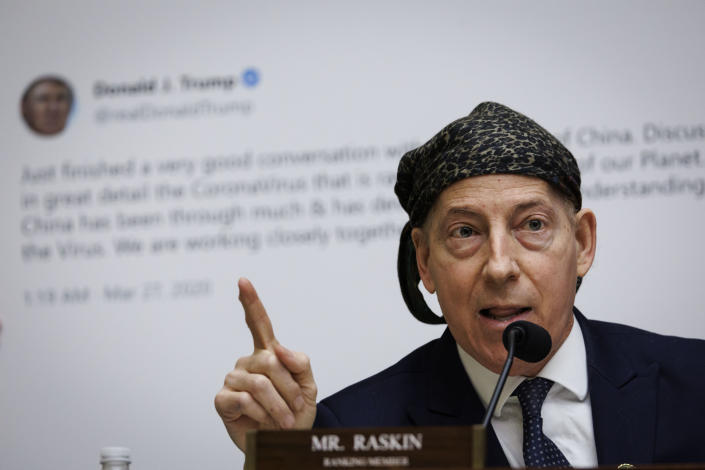

Unlike the inquiry into the Jan. 6, 2021, riot at the U.S. Capitol, the investigation into how the pandemic began has thus far been a bipartisan affair. But whereas Republicans wanted to focus narrowly on where the coronavirus originated, Democrats were more interested in how the next pandemic could be stopped.
They also argued that focusing on China was a means of absolving Trump of an inattentive and erratic response that led to hundreds of thousands of needless deaths during the start of the crisis.
“Whatever the origins of COVID-19, whether it is bats or bureaucrats,” Rep. Jamie Raskin, D-Md., said, “no finding will ever exonerate or rehabilitate Donald Trump for his lethal recklessness in mismanaging the crisis.”
This article has been archived for your research. The original version from Yahoo News can be found here.


